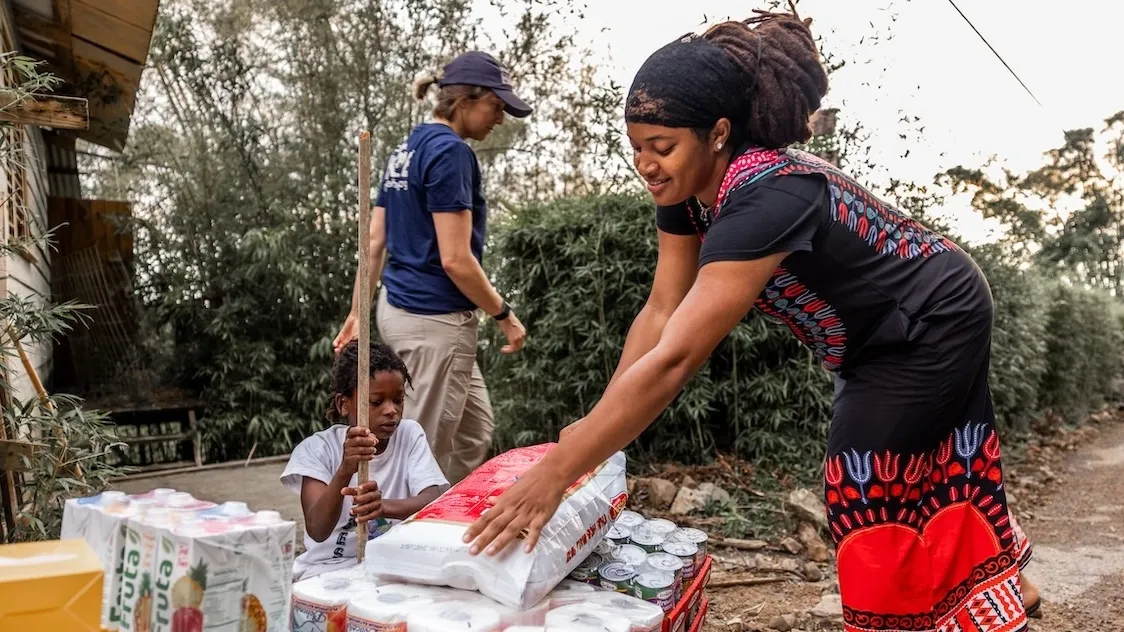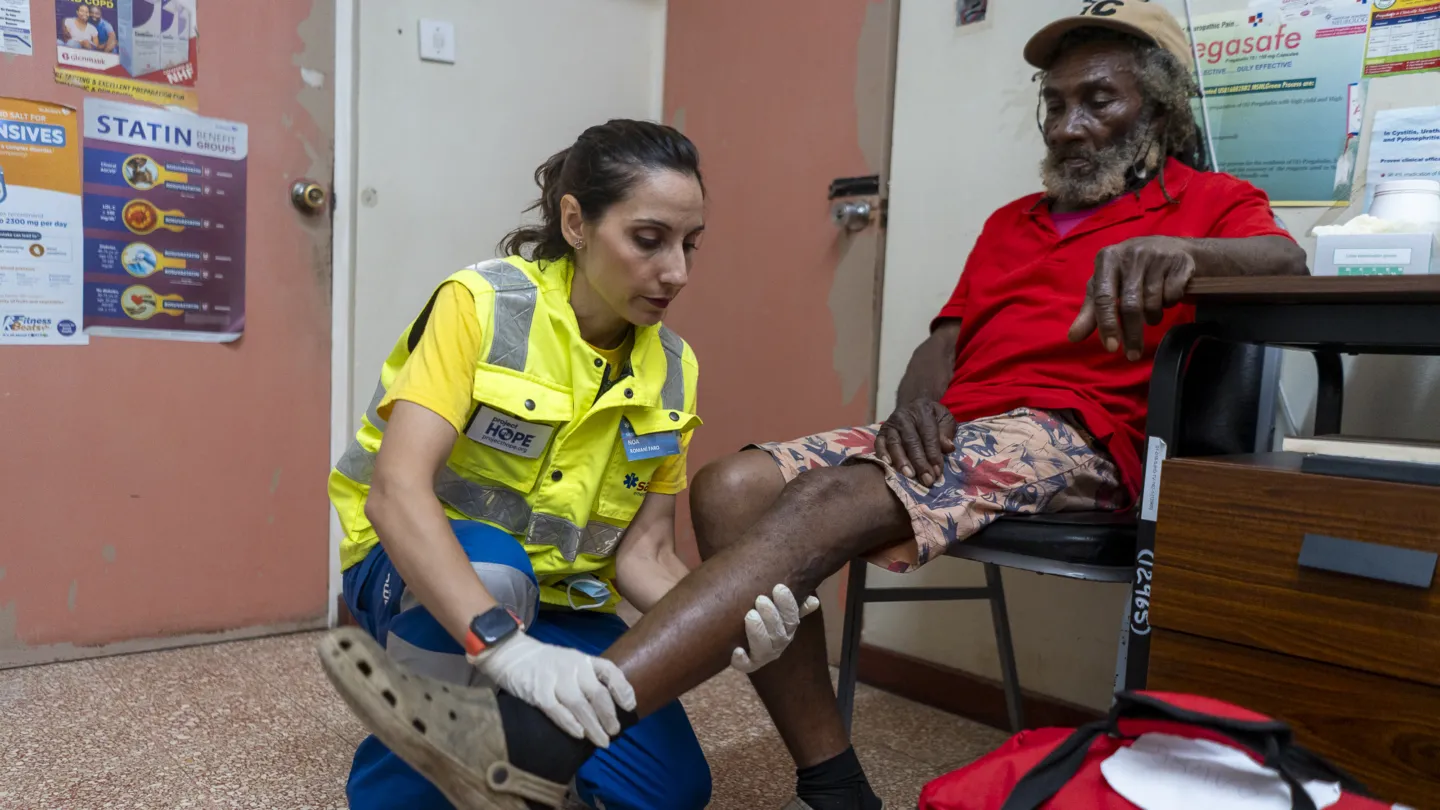8 Low-Cost Ways To Transform Maternal Health

Too many women and newborns are dying from preventable causes, and the world is failing them. Maternal and neonatal mortality rates remain unacceptably high, with progress stagnating. At the current pace, the world is nowhere near meeting its goal of reducing maternal mortality below 70 deaths per 100,000 live births by 2030.
The world does not lack solutions, but it does lack sufficient investment and action. Access to quality maternal and neonatal health care is a human right, yet compounding crises — war, economic instability, and pandemics — make it increasingly difficult to implement effective solutions. Here are eight strategies that can significantly reduce maternal and neonatal mortality, even in low-resource health settings.
1. Expand Midwifery-Led Care Models
The World Health Organization (WHO) recently endorsed midwifery models of care as the best choice for improving maternal health outcomes. Despite this, many health systems rely heavily on a doctor-centered model, which is less cost-effective and creates more access challenges.
Despite being critical for more complicated cases, doctor-centered care often leads to unnecessary medical interventions such as cesarean sections, instrumental births, and episiotomies. Meanwhile, midwifery models are associated with greater community access, personalized care, and a stronger focus on empowering women through education and counseling, all leading to better maternal and neonatal health outcomes at lower costs.
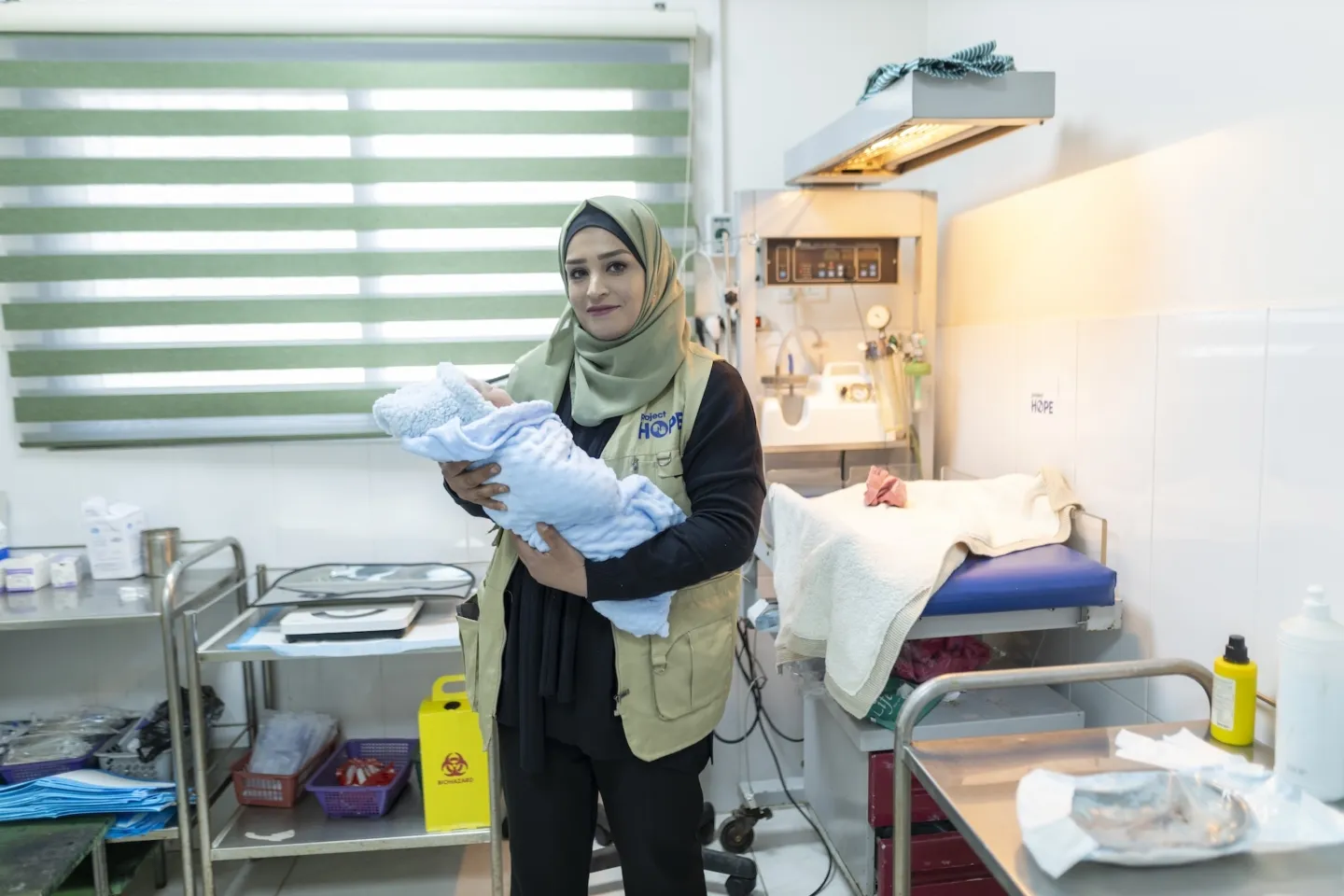
2. Train Providers on Respectful Care Models
Respectful and quality care guidelines start with a woman-centered birth model that prioritizes supportive care and minimizes unnecessary medical interventions. This includes supporting women through labor, delivery, and postpartum by ensuring they have a companion present, the freedom to move, and access to food and drink.
When these needs are met, labor progresses more smoothly, leading to better mental and physical outcomes for both mother and baby. Yet, many women around the globe still endure outdated, harmful practices that isolate them, place them in degrading positions, subject them to unnecessary procedures, and separate them from their newborns. By training health providers on WHO’s respectful care model, you reduce costs, improve outcomes, empower women, and foster the mother-infant bond, thereby creating safer, more dignified birth experiences for mothers and babies alike.
3. Prioritize Emergency Cases at All Health Facilities
Many women and newborns die from delays in emergency intervention, especially in low-resource and rural settings. This takes an immense toll not just on families but on entire communities.
Often, emergency obstetric and newborn cases are referred to higher-level facilities, which usually require women and newborns to travel a long distance, with many arriving in critical condition and often too late to be saved. Asphyxia, one of the leading causes of newborn death, requires treatment within the first minute of birth. Postpartum hemorrhage, the leading cause of maternal death, requires treatment in the first two hours. Project HOPE has excellent training programs for rural and low-resource settings that teach and empower health workers to provide initial stabilization onsite before transporting patients.
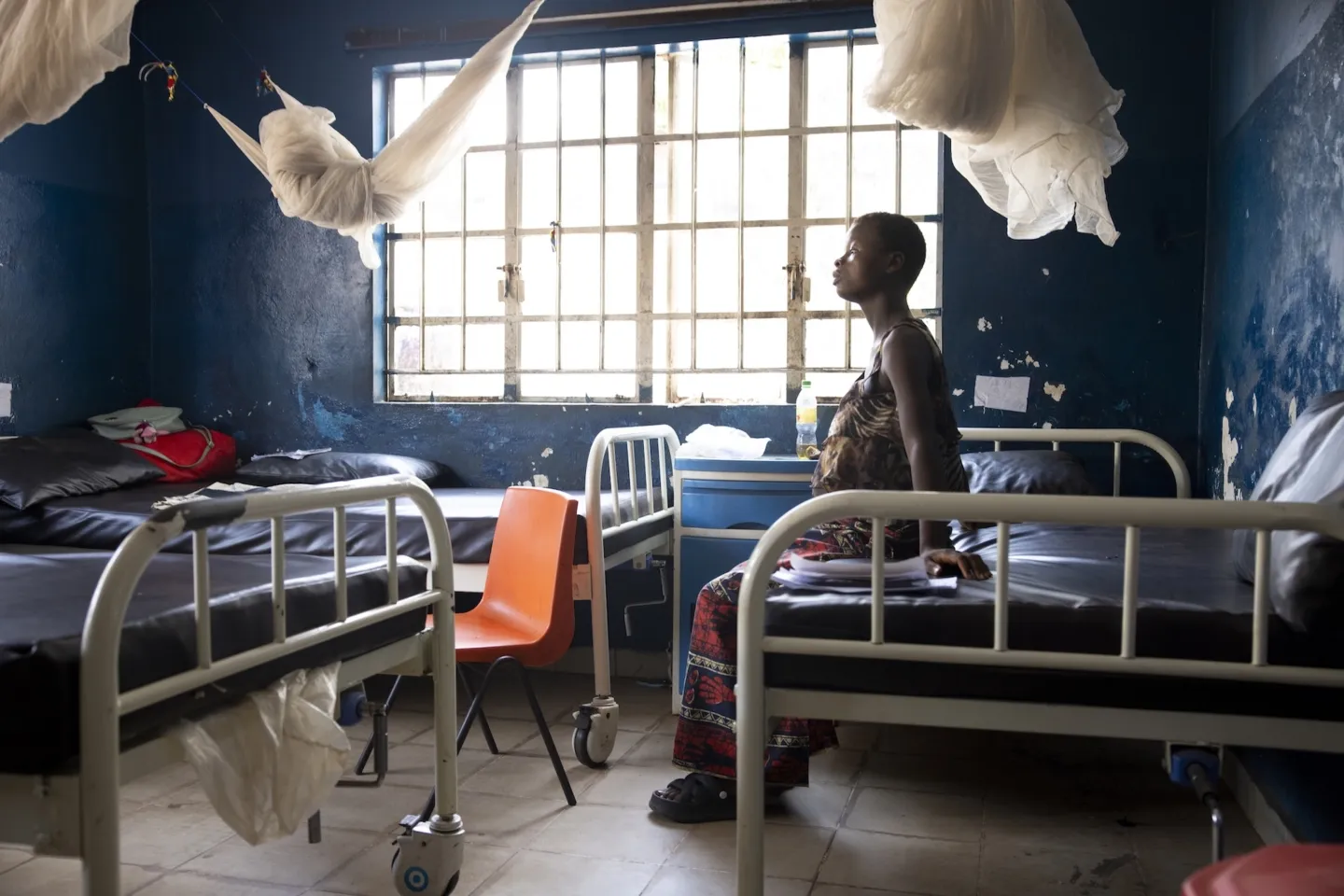
4. Integrate Mental Health Support Into Maternal Care
Poor mental health and gender-based violence are linked to first trimester loss, stillbirths, premature births, postpartum depression, and suicide. Integrating mental health and gender-based violence services into primary care settings is a cost-effective way to improve health outcomes for mothers and newborns.
In Gaza and Indonesia, Project HOPE trains primary care providers, including midwives and general practitioners, to recognize and address common mental health concerns while screening for gender-based violence. This approach ensures that mental health care is a part of routine care, reducing the reliance on specialized facilities and making these critical services more accessible. As countries work to integrate these services, they should map existing resources and establish strong referral pathways for complex cases, ensuring that women receive the therapeutic support, including medication, they need to heal and thrive.
Poor mental health and gender-based violence are linked to first trimester loss, stillbirths, premature births, postpartum depression, and suicide.
5. Explore Innovative Low-Tech Interventions
Affordable, no-tech, and low-tech innovations are promising for maternal and newborn health care, offering simple yet powerful solutions to prevent complications and save lives. These innovations enable early detection of conditions like pre-eclampsia and anemia and provide cost-effective micronutrients and heat-stable medicines for emergency response efforts.
Mobile health tools, including apps and text-based services, offer scalable, low-cost support for pregnant and postpartum women and their caregivers. These tools can deliver education resources from health care providers, appointment and medication reminders, and critical health information directly to users, thereby offering a scalable solution to bridge gaps in health services.
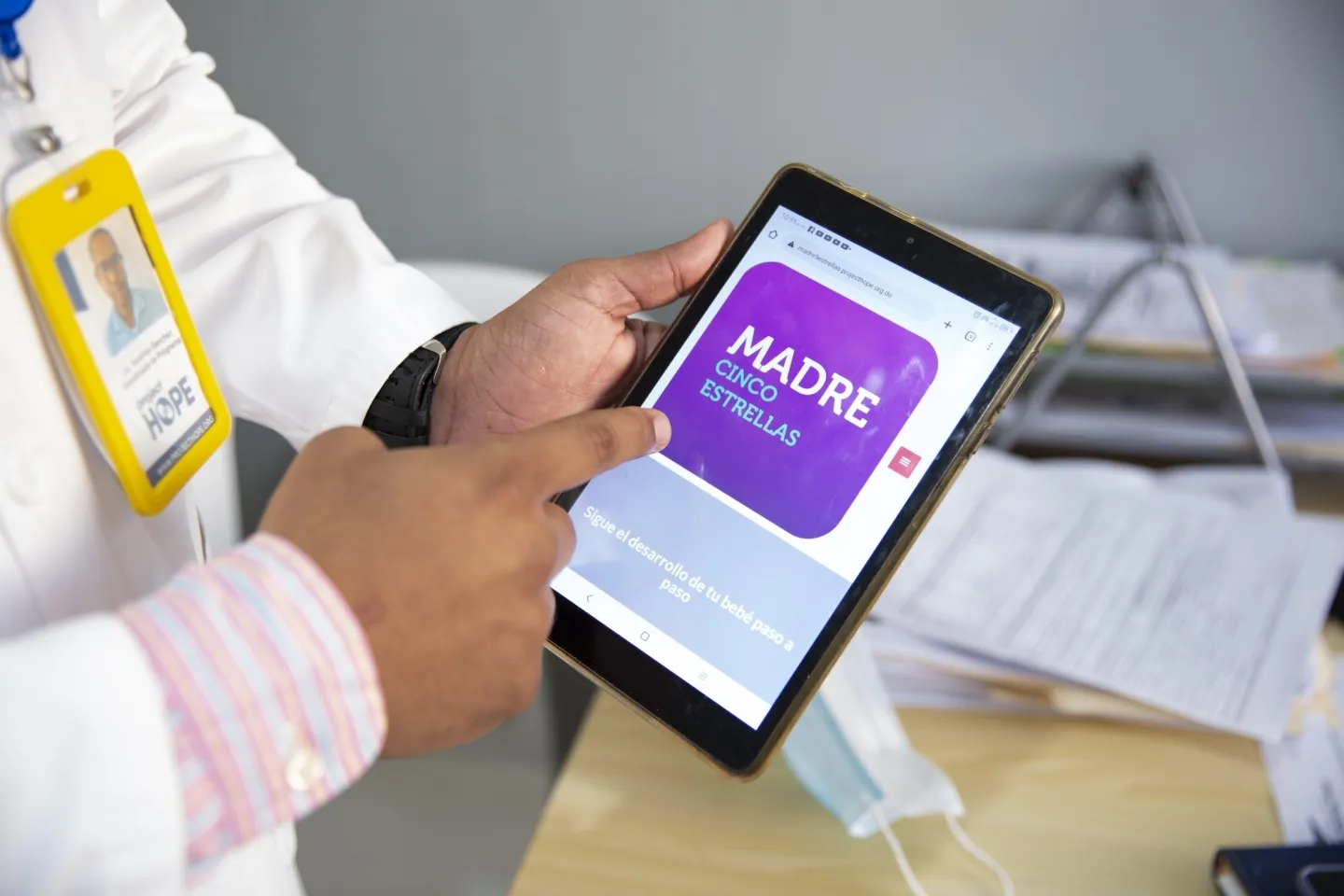
6. Promote Community-Based Support Groups
Community-based mother-to-mother peer groups and group antenatal care provide safe spaces for women to share experiences, learn from one another, and receive emotional support. Led by midwives, trained community members, or volunteers who understand the local cultural context, these groups improve accessibility, reduce costs, and promote locally led solutions.
Support groups can be tailored to specific issues, such as recognizing danger signs in pregnancy and newborns, preparing for birth, and family planning. By fostering knowledge-sharing and support, these groups empower communities to take an active role in the health and well-being of women and newborns.
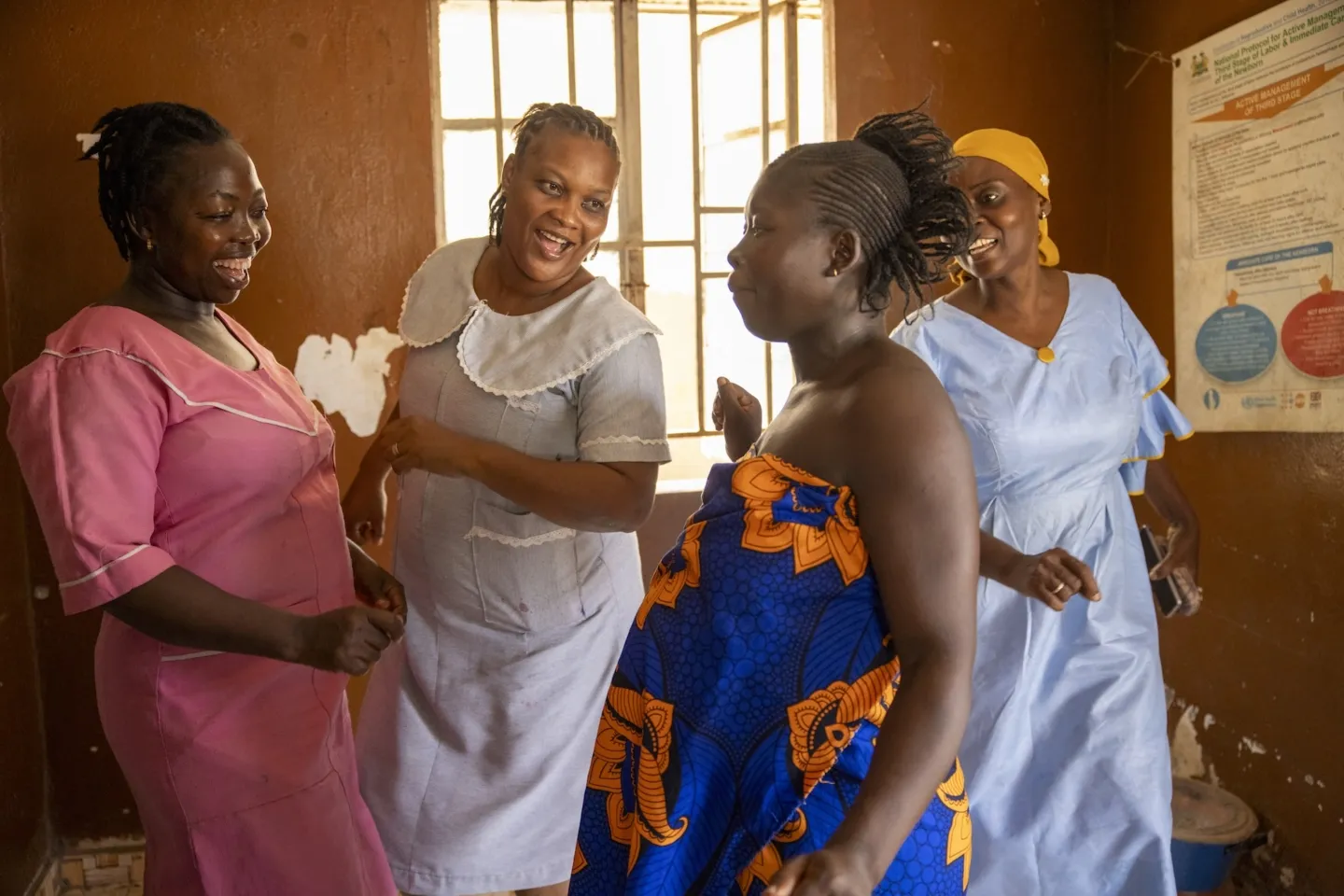
7. Involve Community Leaders and Men
Engaging local leaders and men in maternal and newborn health education is essential to improving health outcomes. Often, women are not the sole or lead decision-makers in their families, so raising awareness among those who influence health choices is essential. Educating men and local leaders about maternal and newborn health needs and danger signs can help ensure women seek care earlier, reducing emergencies and preventing serious complications. These programs can be delivered through community workshops, radio broadcasts, and SMS messaging, making them accessible, affordable, and effective in reaching a wider audience.
8. Promote Sexual and Reproductive Health Education
Access to contraceptives saves lives, reduces costs, and empowers women, families, and communities. When women are empowered to make their own choices, maternal and newborn deaths decline, and women gain greater control over their futures, leading to increased participation in the workforce and society.
Additionally, equipping adolescents with reproductive health education and services leads to better long-term health outcomes. School-based programs integrating sexual and reproductive health education, stress management, and peer support help young people build resilience and make informed choices. Peer counselors play a vital role in providing guidance and reducing stigma by fostering open, relatable conversations. This approach can be implemented cost-effectively by training health providers, teachers, and community leaders while leveraging existing infrastructure.
Reducing maternal and neonatal mortality does not require expensive interventions. The strategies outlined here are cost-effective and scalable. By prioritizing these interventions and aligning policies with evidence-based best practices, governments and health organizations can make significant strides in saving lives. The time for action is now—ensuring that every woman and newborn has access to quality, life-saving health care.
Rondi Anderson, PhD, is a certified nurse-midwife and the Senior Reproductive Maternal Health Advisor at Project HOPE.

